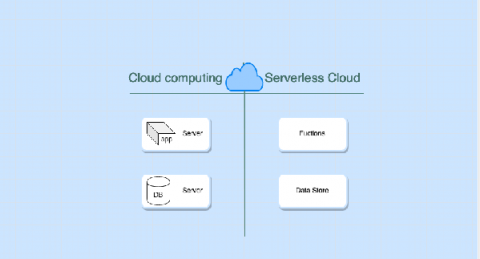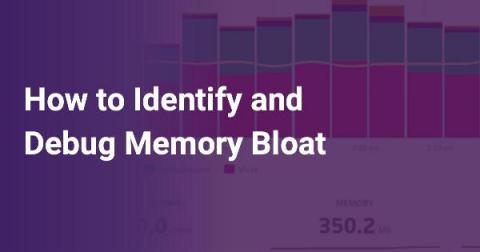Systems | Development | Analytics | API | Testing
Latest News
Brick and Mortar Stores are Now Built Brick by Brick with Digital Insights
In my last three blogs (Get to Know Your Retail Customer: Accelerating Customer Insight and Relevance; Improving your Customer-Centric Merchandising with Location-based in-Store Merchandising; and Maximizing Supply Chain Agility through the “Last Mile” Commitment) I painted a picture that showed an ever-changing landscape in retail, considering that consumers are more in control than ever, mobile (at least somewhat digitally mobile considering the pandemic) and socially connected.
Finding your fit when embedding analytics in 2021
If you're looking to embed an analytics solution into your software product in 2021, it’s important that you don’t just think about the short-term. Take a long-term perspective and think about these three key criteria to find the best fit solution for your business.
Top 5 trends for API-powered digital transformation in 2021
Our “State of the API Economy 2021” report confirms that though digital transformation has been among enterprises’ top business imperatives for years, the COVID-19 pandemic and changing market conditions have increased this urgency. Organizations across the world weathered the pandemic by compressing years of digital transformation into just a few months.
Testing a mobile application: an examination of strategy and tools
Mobile phones have taken over the world in a way few technologies and inventions have been able to in the past. The far-reaching repercussions of such a widely accepted adoption can be felt in all fields of life, from education to tourism. As mobile phone usage and internet penetration continue to grow at unprecedented rates, competition amongst developers is also at all-time heights. Hence, quality control and assurance within the mobile application development sector has become vital.
Service Connectivity Isn't Your Job, But it's Still Your Problem
As a developer, your company hired you to build incredible products that focus on your users’ and customers’ needs. Yet, in the age of microservices, producing the best products relies heavily on efficient cloud service connectivity. For example, an eCommerce marketplace is more than a front-end UI that customers access via a browser.
The Importance of Zero-Trust Security When Making the Microservices Move
Transitioning to microservices has many advantages for teams building large applications that must accelerate the pace of innovation, deployments and time to market. It also provides them the opportunity to secure their applications and services better than they did with monolithic codebases.
How to Use Mixins and Modules in Your Ruby on Rails Application
Modules and mixins are, without doubt, great resources that make Ruby so attractive. They give the application the ability to share the code that can be used with ease in other places. It also helps us organize our code by grouping functionalities and concerns, which improves the readability and maintainability of our code. In this article, we will go through the concepts behind modules and mixins.
Building, Testing and Deploying AWS Lambda Functions in Ruby
For quick, scalable, highly-available web services, few options compare to AWS Lambda. Just provide your code, add a little configuration, and you're done! In this article, Milap Neupane will introduce us to Lambda, show us how to get it working with Ruby and the Serverless Framework, and discuss reasons to use — or to not use! — Lambda in production.
How to Identify and Debug Memory Bloat
Even the systems that run smoothly day and night, can flounder when short of memory. Efficient memory usage has become of utmost importance for software applications. Nowadays, with growing audiences and faster speed and data retrieval expectations, memory issues pose a huge threat to performance and can lead to huge losses in terms of customers and money. Therefore, it is very important to build memory-efficient applications that ensure overall performance and a smooth customer experience.











